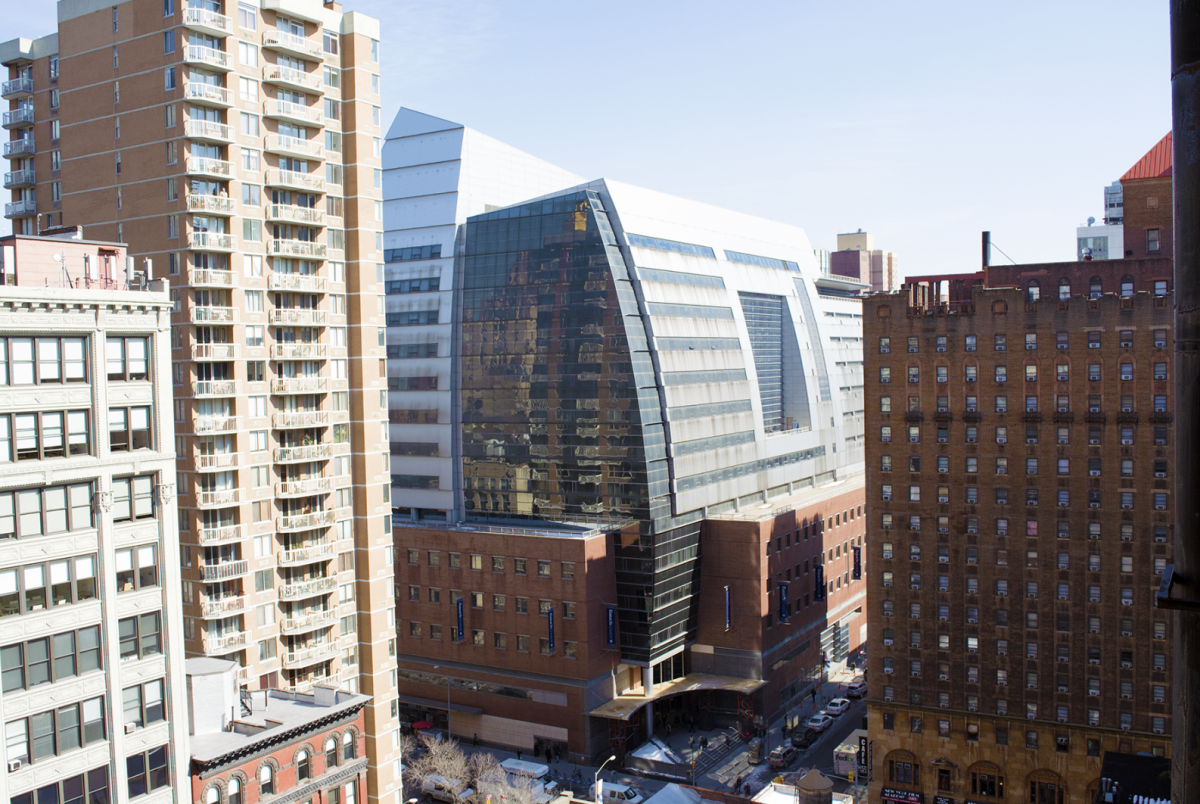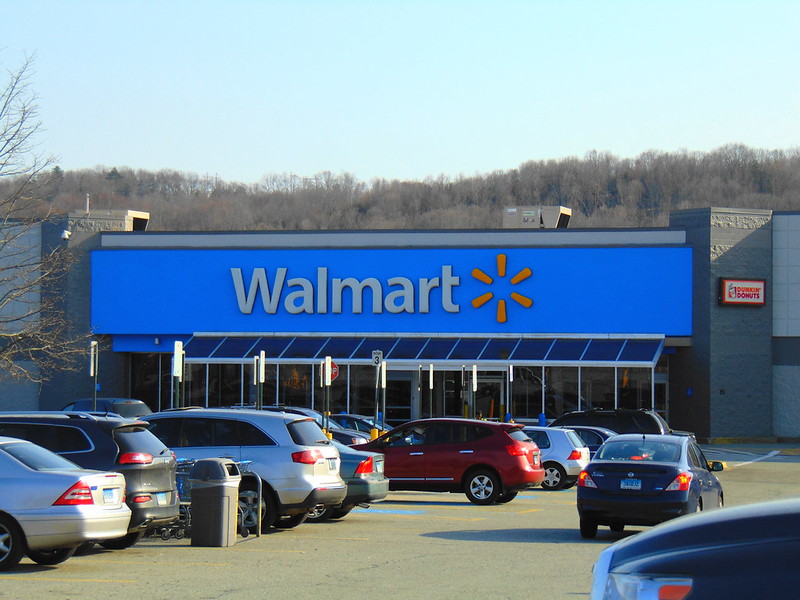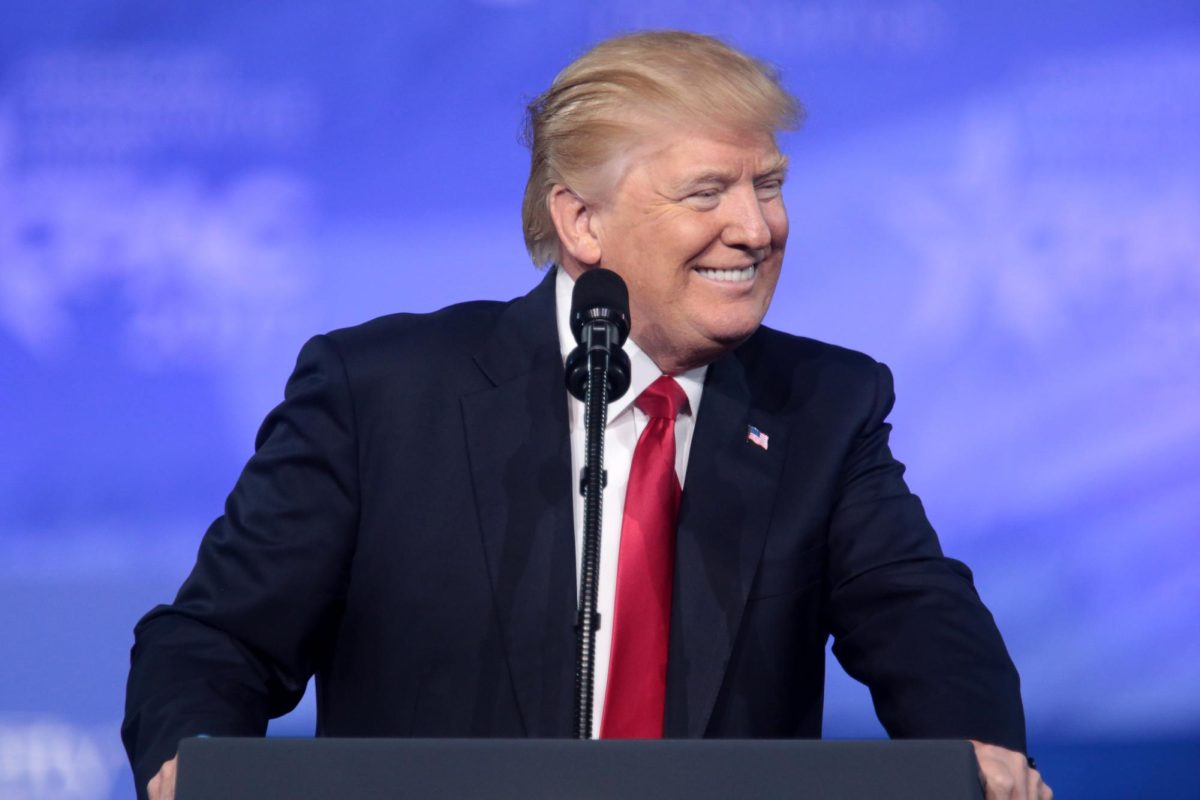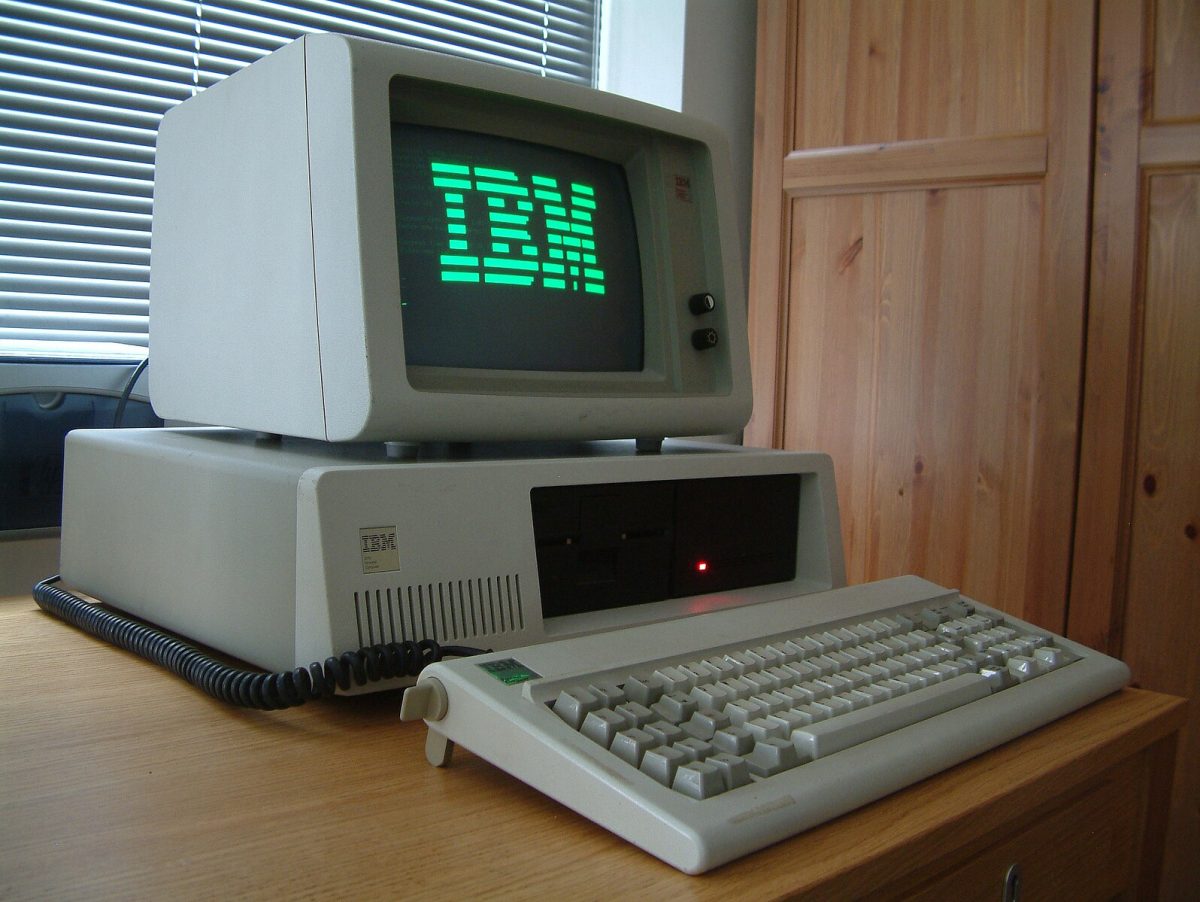After the Saudi oil attacks on Sept. 14, Saudi Arabian Oil Co. had once again delayed its initial public offering launch.
An IPO was originally planned for 2018 but it never was released. The lack of transparency over the size of the country’s energy reserves had caused skepticism about the potential sale and the value of Saudi Aramco.
It is expected to go ahead and proceed before the start of the new year 2020. “It is a last-minute decision,” said one senior Saudi official.
A few things needed to be fine-tuned including financial figures for the third quarter, according to the Wall Street Journal.
In response to the attacks, the United States and Saudi Arabia have stepped up efforts to jointly protect the kingdom’s oil production and held talks about connecting Saudi missile defenses to U.S. systems.
The U.S. military is also deploying an additional 2,000 troops, two squadrons of jet fighters, three new antimissile systems and other equipment to Saudi Arabia in an effort to better prepare the kingdom to counter Iran.
Saudi Aramco’s IPO was valued at a targeted $2 trillion. The company’s impact on the global economy is fierce and swift.
The previous attack briefly knocked out half the company’s daily oil production which led to the largest surge in oil prices in a decade.
U.S. oil futures jumped 14.7%, settling at $62.90 a barrel. It was the biggest spike since January 2009.
Futures of Brent crude, the global benchmark, settled up 14.6% at $69.02 a barrel, as stated in a CNN article.
Saudi Aramco eased the market anxiety very quickly after restoring full production of oil. The company said it produces 10 million barrels of crude oil per day on average.
Despite all this, many investors and analysts have varying notions and opinions of the company’s value.
As of Aug. 12, its profit was $46.9 billion due to weaker global oil prices down by 12%, according to a CNN business report.
To put this into perspective, Apple generated a profit of $31.5 billion in the first six months of its fiscal year.
This IPO is not just to bring capital into Saudi Arabia, but to invest and develop other industries and jobs for a growing youth population.
This economic diversification is to keep the nation at the forefront of an increasing interdependent world.
The crowned Prince Mohammed bin Salman first announced plans for a listing in 2016 as the centerpiece of his sweeping economic and social reform program, known as Vision 2030.
Vision 2030 is built around three primary themes: a vibrant society, a thriving economy and an ambitious nation.
These tenets and more can be explained in greater detail at the Saudi Arabia Embassy Site.
Saudi Arabia is known as a nation rich in oil, now Prince Salman wants to expand upon that narrative with the aid of Saudi Aramco.







